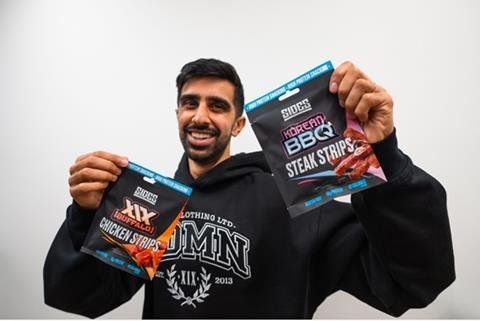
Innovation is tough at the best of times. With the cost of living crisis adding extra pressure and driving many consumers to trade down to supermarket own labels, it’s never been more important to get product development right. And there is a new threat for established brands in the form of disruptive innovation from an unlikely source.
The creator economy refers to personality-led, digitally-enabled value creation that arises from an individual monetising their relationship with their audience across diverse media. Or ‘famous people selling stuff to their fans’.
But unlike more traditional celebrity endorsement of big-brand products, the creator economy is driven by influencers and content creators who have built audiences independently on social media.
Why is this a threat?
Influencers and content creators who have successfully monetised their audiences via content and merchandising are now moving into fmcg spaces, with enviable returns. For example, YouTuber MrBeast’s Feastables chocolate bars reportedly made over $10m in revenues in the first few months, and YouTubers Logan Paul and KSI made $1.2bn in sales in year two with their Prime Hydration drinks.
This sort of market disruption could be seen as alarming, or dismissed as niche. But I believe established brands can learn from the creator economy and adopt their own methods to power up innovation in three key ways.
Intense relationships
Influencers and creators build brand desirability through the intensity of their relationships with audiences, which involve continual two-way communication and interaction. The individual creator or creator team may be talking to millions of people, but to the teenage boy in his bedroom, it feels personal.
There is an opportunity for brands to be more creative and focus on comms that create a dialogue, feel personal and bring audiences into a relationship that is fun to be part of. This requires a razor-sharp focus on exactly who that audience is.
Reimagined product universe
Gen Z consumers and upcoming gen alphas spend the most time watching online content creators. Their opinions and preferences are less likely to be formed from a trip to the supermarket or broadcast media, but instead from a curated set of influences that is unique to each of them and relates to their passions, and the algorithms.
However, although the media landscape is profoundly different, there are still those moments of truth that are formative in people’s relationships with brands – moments such as leaving home, becoming a parent, or entering into a relationship. Brands that understand how those trigger points work can ensure they are visible and building dialogue in a variety of media at those points, and build lifetime relationships by getting into those new product universes early on.
Experimentation culture
Influencers and creators have an inherently disruptive experimental culture and act on instinct, testing and learning to see what works. And they fail fast. MrBeast took MrBeast Burgers from zero to £100m in sales and back down to nothing in less than two years. This agility is enabled by the speed and quality of their feedback loops.
Brands need to look at innovation culture in their own organisations and emulate this agility by, for example, looking to devolve decision-making, empowering innovators to be more entrepreneurial, and considering more flexible routes to market and smaller-scale launch models.
We can’t all be MrBeast, but established brands can thrive in the creator economy by learning from the best and most successful.



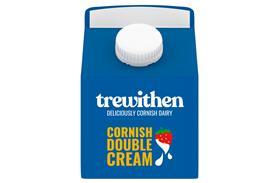
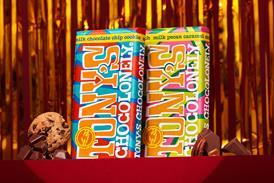


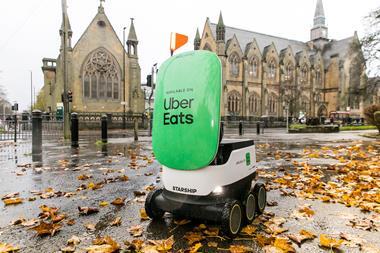
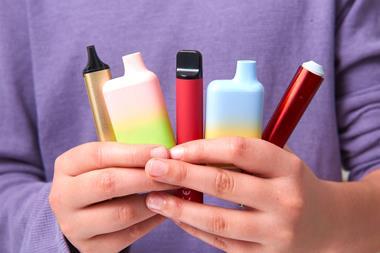





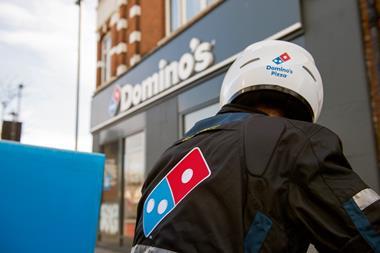


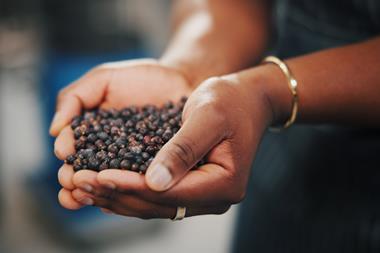

No comments yet